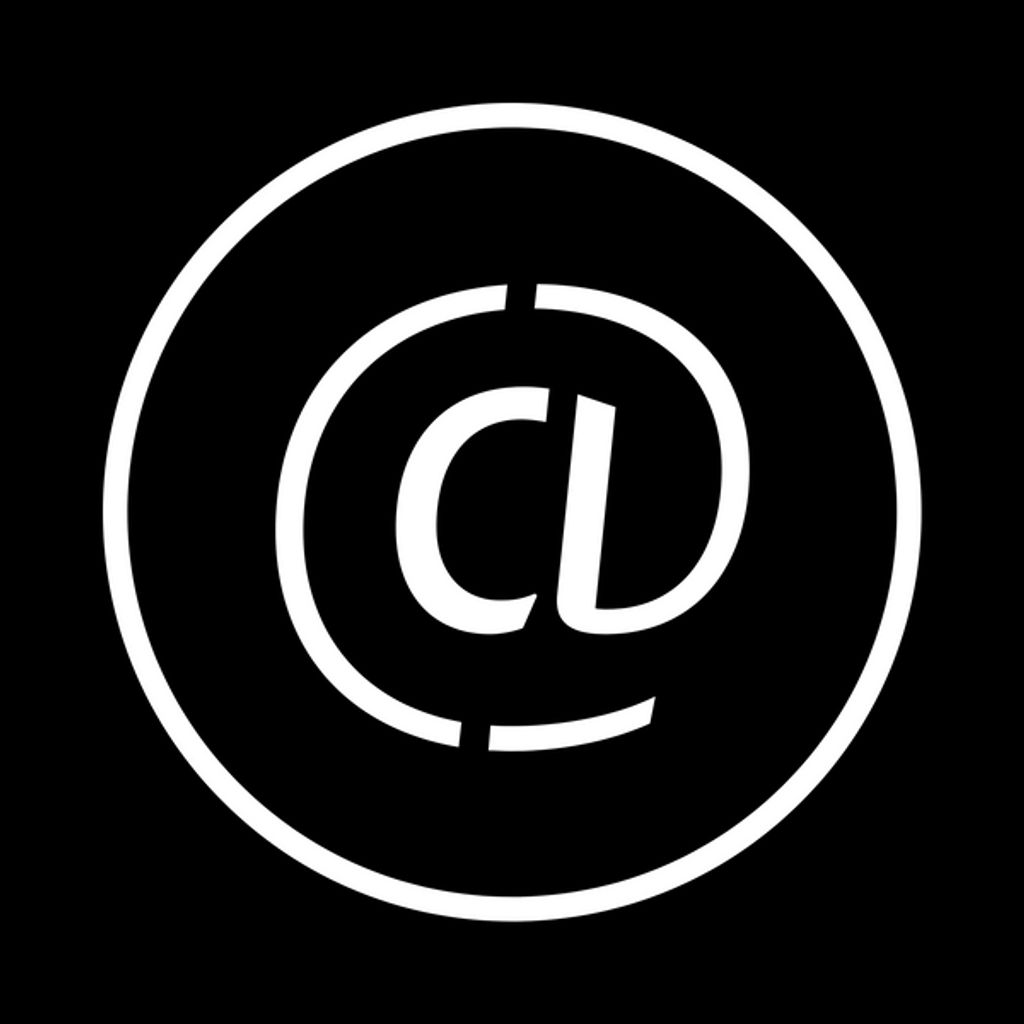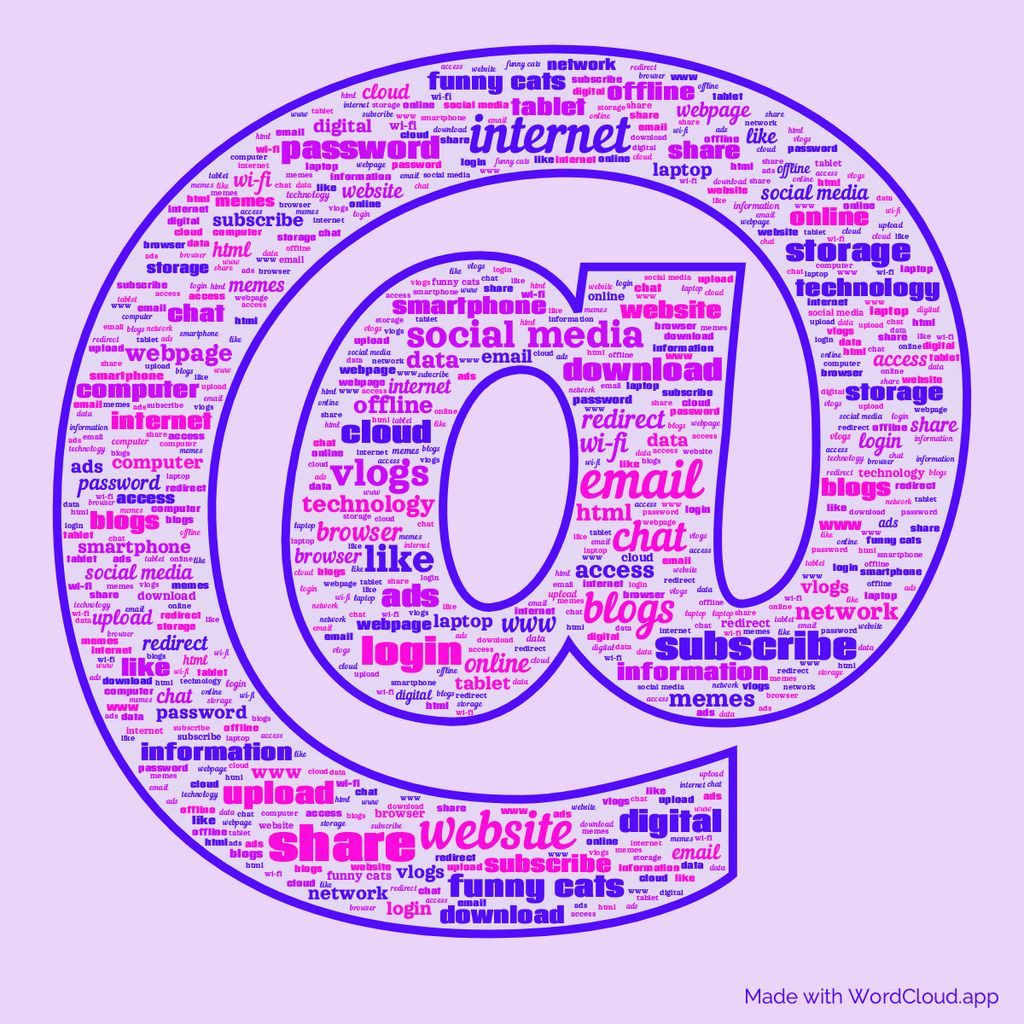
In today's digital age, email has become the primary mode of communication in the professional world. However, it is essential to understand and adhere to proper email etiquette to maintain professionalism and build strong relationships. Mastering email etiquette can help you effectively convey your message, avoid misunderstandings, and leave a positive impression on recipients. In this article, we will explore the importance of email etiquette, key principles to follow, best practices for email communication, and email etiquette in various professional settings.

Email etiquette is crucial in professional communication as it sets the tone for your interactions with colleagues, clients, and other professionals. Effective email etiquette helps to establish credibility, professionalism, and respect. It ensures that your messages are clear, concise, and appropriate for the professional setting.
Having good email etiquette also helps to avoid misunderstandings and miscommunications. By following proper email etiquette, you can minimize the risk of offending or alienating others with your messages. This is especially important in professional settings where maintaining positive relationships is essential for collaboration and success.
To illustrate the importance of email etiquette, consider the following statistics:
These statistics highlight the impact that email etiquette can have on the effectiveness of your communication and the perception of your professionalism. By practicing good email etiquette, you can enhance your professional image and build stronger relationships with your peers.
Poor email etiquette can have a detrimental effect on professional relationships. When emails are poorly written, unclear, or contain grammatical errors, it can lead to misunderstandings and miscommunication. This can result in frustration, confusion, and even damage to professional reputations. Additionally, when emails are sent without proper consideration for the recipient's time and workload, it can be seen as disrespectful and unprofessional. It is important to remember that email is a reflection of oneself and the organization they represent, and practicing good email etiquette is essential for maintaining positive and productive professional relationships.

Crafting clear and concise email messages is essential for effective communication. When composing an email, it is important to keep the message focused and to the point. Avoid using unnecessary jargon or technical terms that may confuse the recipient. Use simple and straightforward language to ensure clarity.
Additionally, it is crucial to organize the content of the email in a logical manner. Start with a clear introduction that states the purpose of the email. Use paragraphs to separate different ideas or topics, making it easier for the recipient to follow the message. Finally, end the email with a concise and actionable closing statement.
Remember, the goal of crafting clear and concise email messages is to ensure that the recipient understands the message easily and can respond appropriately.
When it comes to email communication, using proper salutations and sign-offs is essential for maintaining professionalism. Addressing the recipient by their name is a simple yet effective way to personalize your email and show respect. Additionally, using appropriate sign-offs such as "Sincerely" or "Best regards" helps to conclude your email on a polite note.
To further enhance your email etiquette, consider the following tips:
Remember, the way you address and conclude your emails can leave a lasting impression on the recipient, so it's important to pay attention to these details.
Managing the tone and emotions in your email communication is crucial for maintaining professional relationships and avoiding misunderstandings. Here are some key strategies to keep in mind:
Choose your words carefully: The words you use in your emails can have a significant impact on how your message is perceived. Be mindful of your language and avoid using harsh or offensive words.
Consider the recipient's perspective: Before hitting send, put yourself in the recipient's shoes and think about how they might interpret your message. Consider their emotions and adjust your tone accordingly.
Use emoticons sparingly: While emoticons can help convey tone and emotions, it's important not to overuse them. Use them sparingly and only when appropriate.
Take a break before responding: If you receive an email that triggers strong emotions, it's best to take a break before crafting a response. This will give you time to cool down and respond in a more composed manner.
Proofread and edit: Before sending any email, make sure to proofread and edit it for tone and clarity. Check for any language that may come across as rude or disrespectful.
Remember, effective email communication is not just about the content of your message, but also about how it is delivered.
Respecting email response time is crucial in maintaining effective communication. It shows professionalism and respect for the sender's time and expectations. To ensure timely responses, consider the following:
Remember, prompt and thoughtful responses contribute to building strong professional relationships.

The subject line is one of the most crucial elements of an email. It serves as the first impression and determines whether the recipient will open the email or not. To ensure your subject line is effective, follow these tips:
Remember, a well-crafted subject line can significantly increase the chances of your email being opened and read.
When it comes to structuring emails for easy reading and understanding, there are a few key strategies to keep in mind. First, it's important to use clear and concise language to convey your message effectively. Avoid using jargon or technical terms that may confuse the recipient. Instead, opt for simple and straightforward language that is easy to understand.
Another important aspect of structuring emails is organizing the content in a logical manner. Use paragraphs and bullet points to break up the text and make it more scannable. This helps the recipient quickly grasp the main points of your email without having to read through a long, dense block of text.
Additionally, consider using headings and subheadings to further organize your email. This allows the recipient to easily navigate through the email and find the information they need. Use descriptive headings that accurately summarize the content of each section.
Finally, it's a good practice to include a clear and concise subject line that accurately reflects the content of your email. This helps the recipient understand the purpose of the email at a glance and prioritize their response accordingly.
When it comes to email communication, there are several common mistakes that can hinder effective communication and damage professional relationships. One common mistake is failing to proofread emails before sending them. This can lead to spelling and grammatical errors, which can make the sender appear careless or unprofessional. Another mistake is using inappropriate or unprofessional language in emails. It's important to maintain a professional tone and avoid using slang or offensive language. Additionally, forgetting to include attachments or important information in emails can cause confusion and delays in communication. It's crucial to double-check emails before sending to ensure all necessary information is included.
When it comes to using email signatures professionally, it's important to keep a few key points in mind:
Consistency: Ensure that your email signature is consistent across all your professional communications. This includes using the same font, color scheme, and formatting.
Relevance: Your email signature should include relevant information such as your name, job title, company, and contact details. Avoid including personal information that is not relevant to your professional identity.
Simplicity: Keep your email signature simple and clutter-free. Avoid using excessive images, logos, or unnecessary design elements that can distract from the main content of your email.
Professionalism: Your email signature is an extension of your professional image. Make sure it reflects professionalism and aligns with the overall tone and branding of your organization.
Tip: Consider including a link to your professional social media profiles or a brief professional tagline in your email signature.
In the workplace, proper email etiquette is crucial for maintaining professional communication. It sets the tone for how colleagues interact and can impact productivity and relationships. Here are some key points to keep in mind:
In business communication, it is crucial to maintain proper email etiquette to ensure effective and professional interactions. Clear and concise communication is key to conveying your message accurately and avoiding any misunderstandings. It is important to use polite and professional language in your emails, addressing the recipient appropriately and using proper salutations and sign-offs. Managing email tone and emotions is also essential, as it can greatly impact the recipient's perception of your message. Additionally, respecting email response time is important to show professionalism and promptness in your communication.
When it comes to job applications, following proper email etiquette is crucial. Here are some tips to keep in mind:
Be professional: Use a formal tone and language in your email. Address the recipient respectfully and avoid using slang or abbreviations.
Subject line: Make sure your subject line is clear and concise, indicating the purpose of your email. This helps the recipient understand the importance of your message.
Attachments: If you need to attach any documents, make sure they are properly named and in the appropriate format. Mention the attachments in your email and double-check that they are included.
Proofread: Take the time to proofread your email before sending it. Check for any spelling or grammatical errors, and ensure that your message is clear and professional.
Remember, your email is often the first impression you make on a potential employer, so it's important to make it count!
Networking through email is an essential skill for professionals. It allows you to connect with potential mentors, colleagues, and industry experts. Here are some tips to enhance your networking emails:
Personalize your email: When reaching out to someone for networking purposes, make sure to personalize your email. Mention why you are interested in connecting with them and how you believe they can help you.
Keep it concise: Networking emails should be brief and to the point. Respect the recipient's time by getting straight to the purpose of your email.
Follow up: After networking through email, it's important to follow up with the person you connected with. Send a thank-you email expressing your gratitude for their time and any insights they shared.
Be professional: Remember to maintain a professional tone in your networking emails. Use proper salutations and sign-offs, and avoid using informal language or abbreviations.
Proofread before sending: Before hitting the send button, double-check your networking email for any spelling or grammatical errors. A well-written and error-free email reflects positively on your professionalism and attention to detail.
In conclusion, mastering email etiquette is essential in today's professional world. By following these guidelines, you can ensure effective communication, maintain professional relationships, and avoid misunderstandings. Remember to always be polite, concise, and respectful in your emails. Clear and concise communication will help you stand out and make a positive impression on your recipients.
Email etiquette refers to the set of guidelines and practices that govern appropriate behavior when using email for communication. It includes aspects such as writing clear and concise messages, using proper salutations and sign-offs, managing email tone and emotions, and respecting response time.
Email etiquette is important because it helps to maintain professionalism and effective communication in the digital workplace. It ensures that messages are clear, respectful, and timely, and helps to avoid misunderstandings or damaging professional relationships.
To craft clear and concise email messages, it is important to be specific and to the point. Use a clear subject line, organize your thoughts in a logical manner, and avoid unnecessary details. Use bullet points or numbered lists when appropriate to make your message more scannable.
Some common email mistakes to avoid include sending emails with spelling or grammar errors, using inappropriate language or tone, forgetting to attach important files, hitting 'Reply All' when it's not necessary, and forwarding confidential information without permission.
When managing email tone and emotions, it is important to remain professional and avoid using overly emotional or confrontational language. Take time to cool down before responding to a frustrating email, and consider picking up the phone or having a face-to-face conversation for sensitive matters.
The proper email response time depends on the urgency and importance of the email. As a general guideline, it is recommended to respond to emails within 24 to 48 hours. However, if the email requires immediate attention or is time-sensitive, a quicker response is expected.